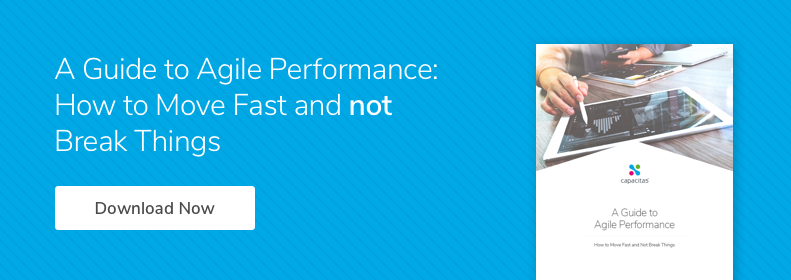Boiling the Ocean - exposing data centre migration risks with risk modelling
Background
In 2016 a global retail company embarked on a massive datacentre migration programme. A total of 138 applications were in scope. The mission critical SAP and ecommerce platforms that generate significant revenue were included. The programme would deliver significant benefits by providing a platform to accommodate future growth, innovation, and agile change capability. With an estimated cost benefit of £10M there was much at stake.
Initial investigations revealed that the migration was not a simple ‘lift and shift’ operation, but involved more fundamental changes across the portfolio including the following:
- New dedicated infrastructure including zoned networks, server hardware, SAN storage, appliances, and firewalls
- Upgraded server operating systems
- Re-architected integration platforms
- Upgraded database versions
- Upgraded application versions
- New Java frameworks in the application stack
The architecture of the mission critical ecommerce application was extremely complex and required extensive interdependencies with integration platforms and backend SAP system. The ecommerce web site and supporting applications would be subject to all the changes listed. Other applications being migrated had combinations of the changes applied and in all cases, were migrated on new infrastructure.

Reductions in response, or worse still stability, would have dramatic consequences for ecommerce order conversions, particularly at peak times when the web site was subjected to most load. Substantial outages would be totally unacceptable to the global business. Given the extent of changes taking place, the risks were perceived as substantial.
In summary, the changes planned were highly complex and required careful handling.
Challenge
Because of time constraints imposed on the delivery phase of the migration programme it was not possible to assure the performance for all 138 application and subordinate systems. It was necessary to take an objective view on key capacity and performance risks to focus mitigation efforts on high and critical risks that would compromise the client’s ability to prepare for peak on the first working day after the migration. The success of the migration programme would be judged on the ability of the business to trade. Capacitas commenced Risk Modelling to identify and substantiate these risks.
Outcome
Following Risk Modelling the migration outcome was a complete success.
- No P1 performance incidents were experienced
- Significant response and scalability improvements were achieved on the main ecommerce web site
- The migration programme was delivered on time
This would not have been possible without Risk Modelling to prioritise risk and promote pragmatic performance mitigations.
Our next Blog will focus on the detailed approach taken to deliver these outcomes through Risk Modelling!


